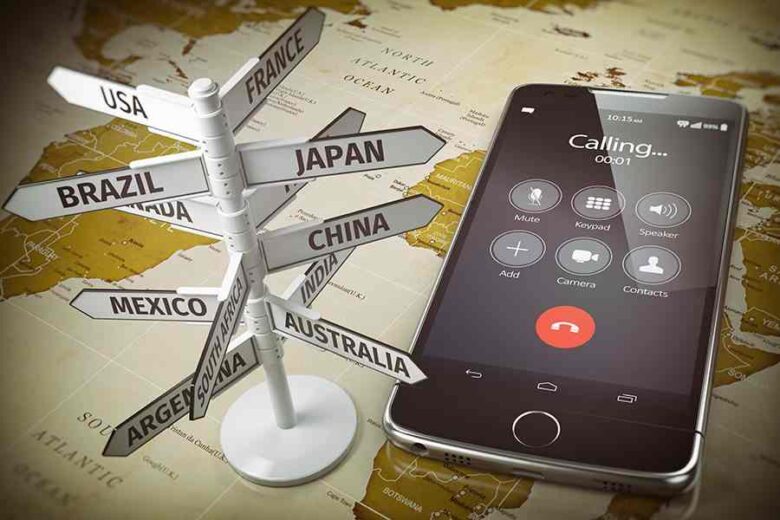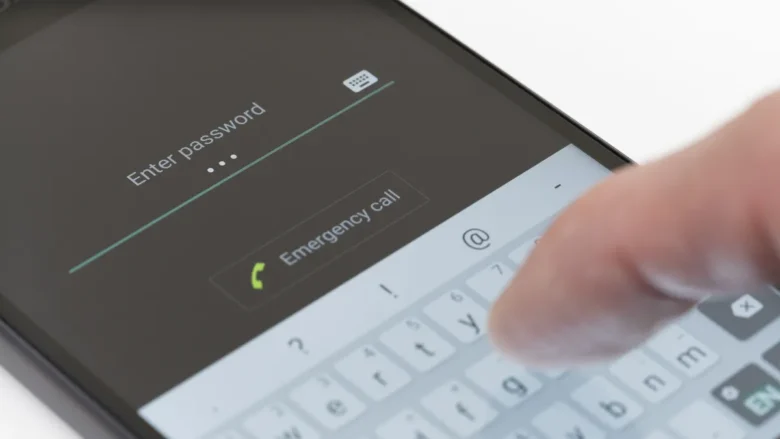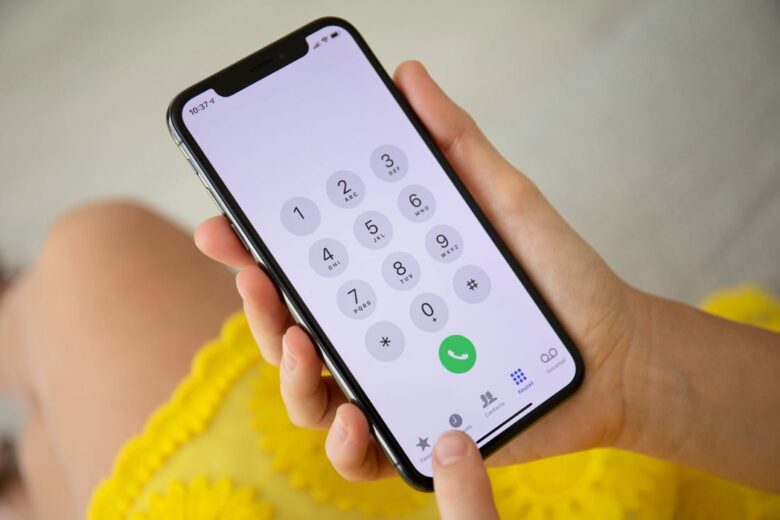Buying international calling cards can be a little tricky, in this article I wanted to share with you 3 things to avoid when buying a calling card as well as 4 tips to use when you have purchased your international calling card.
3 things to avoid
1. Connection fees (sometimes)

Typically, I recommend avoiding calling cards that come with connection fees simply because it is an additional fee that increases your average per min rate – to add to that if you run into a tech issue where you are not able to connect to the person for example, their voice mail system answers the call then you are still charged that connection fee.
There are times however when it may be advantageous to use a calling card with a connection fee which I’ll outline in the next section.
2. Long billing increments
Billing increments tell you how often your credit balance will be debited, for example, if your calling card comes with a billing increment of 5 minutes then you will be charged the current per min rate x5 every 5 minutes, for example, if the per minute rate is 5 cents and the billing increment is 5 mins then you will be charged 25 cents every 5 mins.
Regardless of whether your phone call lasts one minute or 4:59, you will be charged 25 cents so you need to be aware of the billing increments to avoid overpaying on your calls. I have seen a calling card with a 15 min billing increment!
Ideally, you want to be looking for international calling cards that come with short billing increments anywhere from 1-3 minutes is best. JT, phonecardchoice.com.au.
3. Daily service charges

Also known as maintenance fees, these are additional fees that are deducted from your calling credit balance typically daily or weekly, companies that use these fees say that they charge this fee to maintain the quality of service, in reality, it is to keep them in business because they are probably offering prices so low, they need to charge customers additional fees to keep the lights on.
I can’t think of an additional benefit to selecting a calling card that comes packages with daily service fees other than your usage, for example, if you are only going to be using your card a few times then it may make sense, in other words, you will be using up the credit on the calling card before the daily service charges kick in.
If the prices are low enough, and you are only using the card a few times and then disposing of it then this will make sense.
4 tips for using an international calling card
1. Set up PIN-free dialing

One of the annoying things about international calling cards is that you will be typing in a seemingly endless number of digits before your call is actually connected.
For example, you need to call 3 different numbers:
- Local access number
- PIN number
- International number
That is 30+ digits depending on the country you are calling! This is pretty challenging for elderly people.
Fortunately, some phone card providers offer a feature called PIN-free or PINless dialing which basically means you will no longer need to key in your PIN number leaving you with just 20 digits to enter.
Setting up this feature means you will need to enter in your landline or mobile number/s that you will be using to connect to the calling card service – once the system knows your personal number it will recognize that it is you that is calling and enter in the PIN on your behalf.
2. Use PIN-less dialing
Alright, I already mentioned this one but if you are having problems entering in your PIN, for example, you key in your PIN and the system says that you have entered in the wrong PIN then it is likely that the DTMF tones on your landline or mobile are not being recognized by the system.
The best way to get around this is to set up PIN-less dialing or I suppose you could buy another phone.
3. Automate dialing with your mobile

Even when using PINless dialing you still need to enter 20+ digits which is still a pain luckily for mobile technology you can bypass this entire process and connect to the person overseas just by tapping one button!
Mobile phones actually allow you to program in entire call sequences which means once you have set this up on your mobile phone all you need to do is find the person you wish to call, tap the “call” button and your mobile phone will run through 30+ digits for you.
How you set this up is easy, simply create a new contact and where it says “phone number” enter in the entire sequence separated by a comma, for example:
Local access number, PIN, international number.
That’s it!
4. When to choose a calling card with a connection fee
Earlier, I mentioned that there may be scenarios where choosing an international calling card with a connection fee over one without may be advantageous.
Some phone card companies will offer a lower per min rate on calling cards with a connection fee, if the per min rate is low enough then you could save quite a lot.
If you are making calls that go for about 60 mins then you are likely going to save money. If on the other hand your calls only last less than 30 minutes then you will be overpaying.
Conclusion

International calling cards are handy as a tool for making cheap overseas calls but thanks to some marketing sleight of hand purchasing them can have you overpaying for your calls.
Ignore the per min rate (for the most part) and pay attention to the billing increment, avoid maintenance fees and do the math on whether international calling cards with a connection fee may actually save you even more money.
To make calling easier make sure you set up PINless dialing or even better automate the entire dialing process by using the program feature on your phone!


